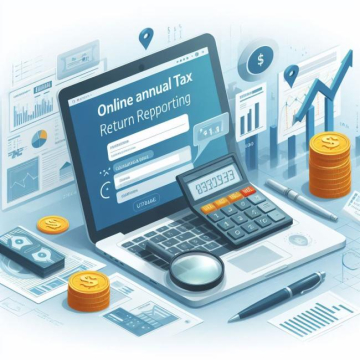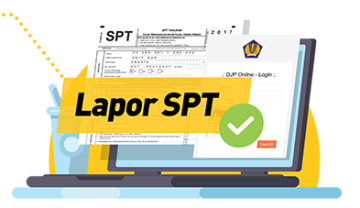Useful Pages
COMPANY PROFILE OUR TEAMA PHP Error was encountered
Severity: Warning
Message: Attempt to read property "gambar" on null
Filename: berita/read.php
Line Number: 8
Backtrace:
File: /home/u459830029/domains/paslombok.com/public_html/application/views/berita/read.php
Line: 8
Function: _error_handler
File: /home/u459830029/domains/paslombok.com/public_html/application/views/beranda/konten.php
Line: 5
Function: view
File: /home/u459830029/domains/paslombok.com/public_html/application/views/beranda/wrapper.php
Line: 16
Function: require_once
File: /home/u459830029/domains/paslombok.com/public_html/application/controllers/Berita.php
Line: 503
Function: view
File: /home/u459830029/domains/paslombok.com/public_html/index.php
Line: 315
Function: require_once
A PHP Error was encountered
Severity: Warning
Message: Undefined variable $related
Filename: berita/read.php
Line Number: 91
Backtrace:
File: /home/u459830029/domains/paslombok.com/public_html/application/views/berita/read.php
Line: 91
Function: _error_handler
File: /home/u459830029/domains/paslombok.com/public_html/application/views/beranda/konten.php
Line: 5
Function: view
File: /home/u459830029/domains/paslombok.com/public_html/application/views/beranda/wrapper.php
Line: 16
Function: require_once
File: /home/u459830029/domains/paslombok.com/public_html/application/controllers/Berita.php
Line: 503
Function: view
File: /home/u459830029/domains/paslombok.com/public_html/index.php
Line: 315
Function: require_once
A PHP Error was encountered
Severity: Warning
Message: Undefined variable $related
Filename: berita/read.php
Line Number: 91
Backtrace:
File: /home/u459830029/domains/paslombok.com/public_html/application/views/berita/read.php
Line: 91
Function: _error_handler
File: /home/u459830029/domains/paslombok.com/public_html/application/views/beranda/konten.php
Line: 5
Function: view
File: /home/u459830029/domains/paslombok.com/public_html/application/views/beranda/wrapper.php
Line: 16
Function: require_once
File: /home/u459830029/domains/paslombok.com/public_html/application/controllers/Berita.php
Line: 503
Function: view
File: /home/u459830029/domains/paslombok.com/public_html/index.php
Line: 315
Function: require_once
A PHP Error was encountered
Severity: Warning
Message: Undefined variable $pop
Filename: berita/read.php
Line Number: 144
Backtrace:
File: /home/u459830029/domains/paslombok.com/public_html/application/views/berita/read.php
Line: 144
Function: _error_handler
File: /home/u459830029/domains/paslombok.com/public_html/application/views/beranda/konten.php
Line: 5
Function: view
File: /home/u459830029/domains/paslombok.com/public_html/application/views/beranda/wrapper.php
Line: 16
Function: require_once
File: /home/u459830029/domains/paslombok.com/public_html/application/controllers/Berita.php
Line: 503
Function: view
File: /home/u459830029/domains/paslombok.com/public_html/index.php
Line: 315
Function: require_once
A PHP Error was encountered
Severity: Warning
Message: Undefined variable $pop
Filename: berita/read.php
Line Number: 144
Backtrace:
File: /home/u459830029/domains/paslombok.com/public_html/application/views/berita/read.php
Line: 144
Function: _error_handler
File: /home/u459830029/domains/paslombok.com/public_html/application/views/beranda/konten.php
Line: 5
Function: view
File: /home/u459830029/domains/paslombok.com/public_html/application/views/beranda/wrapper.php
Line: 16
Function: require_once
File: /home/u459830029/domains/paslombok.com/public_html/application/controllers/Berita.php
Line: 503
Function: view
File: /home/u459830029/domains/paslombok.com/public_html/index.php
Line: 315
Function: require_once
Newsletter
© Prima Accounting Solution, All Right Reserved - 2021


